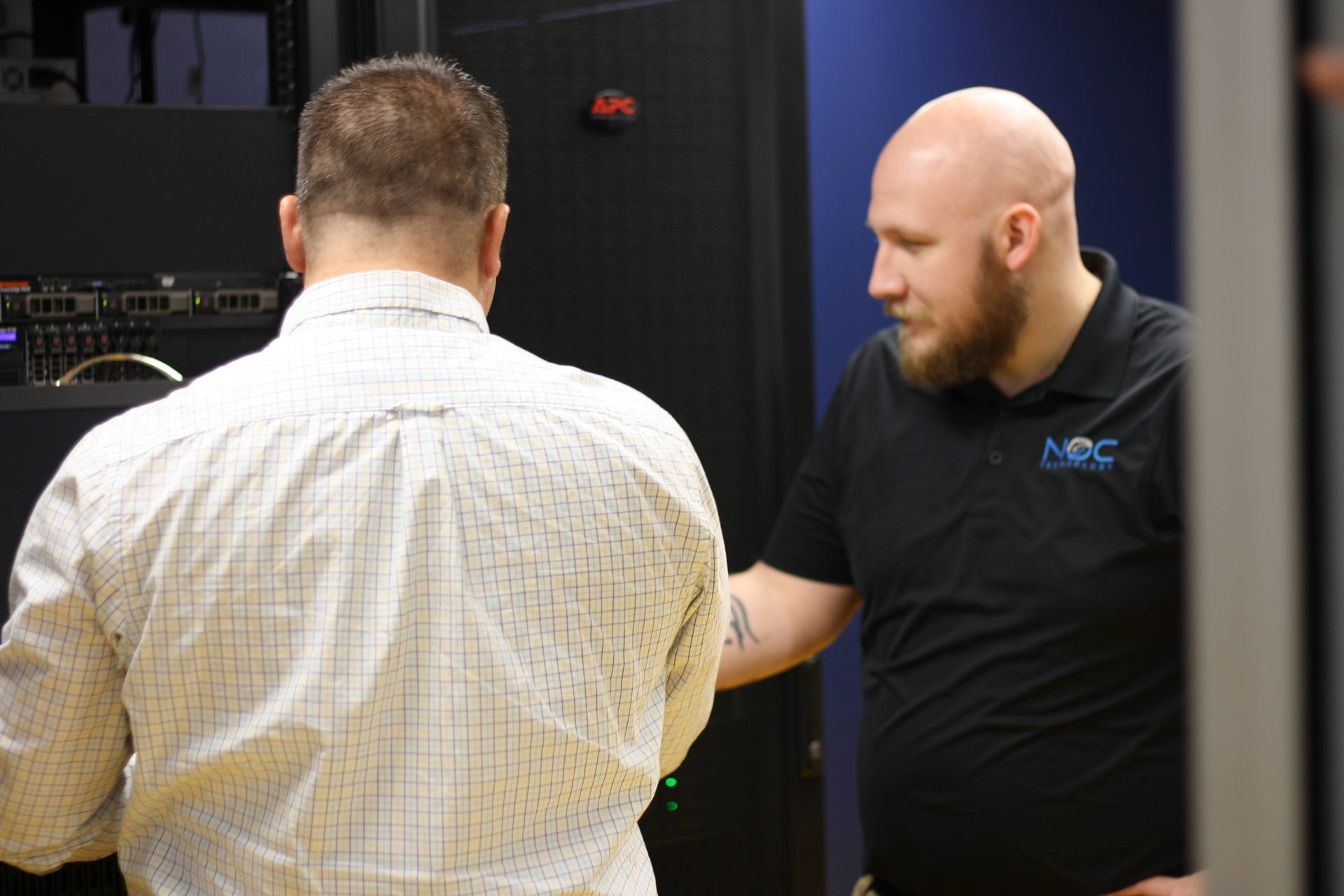Why Your Business Needs BCDR
by Jon Lober | NOC Technology
Understanding the Importance of Business Continuity and Disaster Recovery Planning for your Business

As a business owner, you typically spend your time dealing with immediate priorities. But failing to plan for the future could spell disaster.
Business continuity and disaster recovery (BCDR) are essential processes and strategies that organizations put in place to ensure that critical business functions can continue during and after a disruption.
These disruptions can come in many forms, such as:
- natural disasters
- cyber-attacks
- power outages
- other unexpected events
Without proper BCDR planning, a business may be unable to recover from a disaster, leading to significant financial losses and damage to the company's reputation.
Future-focused disaster planning is crucial for businesses of all sizes and industries, as it helps to protect against the potential damage and loss that can occur during a disruption. A well-designed BCDR plan includes strategies for maintaining or quickly restoring access to critical data, systems, and infrastructure. This can include measures such as data backups, cloud-based disaster recovery, and redundant systems that can take over in the event of an outage.
Having a BCDR plan in place can also help your organization minimize the impact of a disruption on your customers, partners, and employees. For example, by identifying critical business functions and identifying alternative work locations, you can ensure that their business operations continue even during a crisis. Additionally, it is also important to have a communication plan in place that can be implemented during a crisis to keep employees, customers, and partners informed.
Moreover, BCDR planning is not just limited to the technical aspect of keeping the infrastructure and data safe, but it also includes the human aspect of managing the crisis. This includes ensuring that the necessary personnel are trained and prepared to respond to a crisis, and that they have access to the resources they need to do their jobs.
In conclusion, BCDR is a critical component of any organization's risk management strategy. By taking the time to plan and prepare for potential disruptions, businesses can minimize the impact of an event and ensure a quick and efficient recovery. This protects not only the organization's assets but also the reputation, customer trust, and the overall continuity of the business. This is why it is essential for every organization to have a BCDR plan in place and update it regularly.




